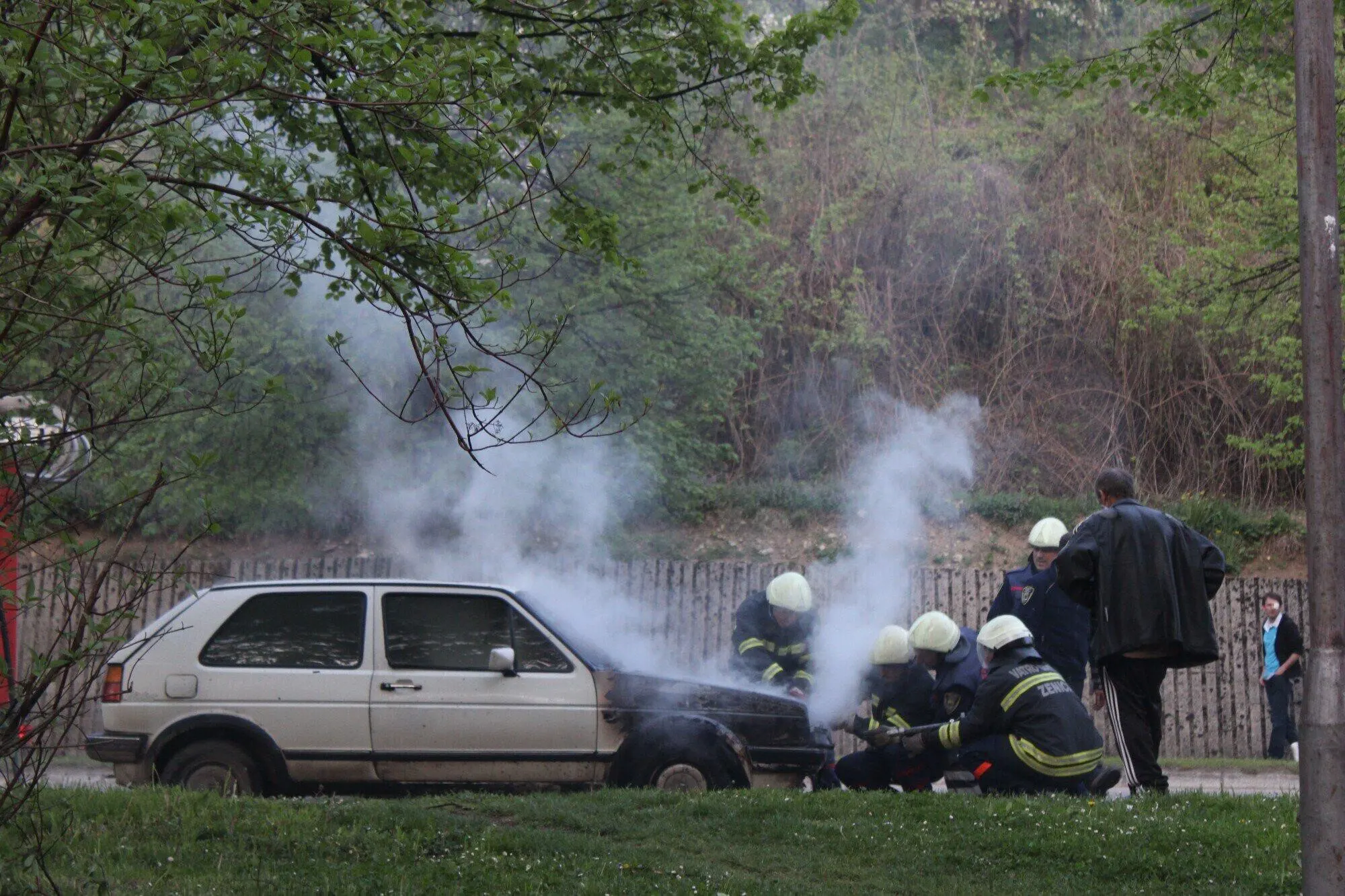Every year, thousands of lives are lost to road accidents. Many of these can be attributed to one insidious factor that often goes unnoticed until it’s too late: driver fatigue. Drowsy driving is a prevalent yet preventable issue that plagues our roadways.
This contributes to a significant portion of a fatal crash. Understanding the role of fatigue in driver safety is crucial, and there are steps both drivers and policymakers can take to reduce its impact. Read on.
Understanding the Impact
When we’re behind the wheel, our ability to concentrate, make quick decisions, and react swiftly are all crucial. However, when we’re tired, these abilities are severely compromised, sometimes to the point that we’re no longer safe to drive. The impact of drowsy driving is alarming.
This is given that it can affect anyone at any time of the day – not just during the notorious ‘graveyard shift’. In the NHTSA’s study, it was revealed that fatigued drivers are more likely to drift out of their lanes, slow their reaction times, and eventually fall asleep at the wheel.
It’s not just human error at play. It’s also a demonstration of how sleep-deprived individuals can be far less capable of handling the unexpected than those who are well-rested.
Identifying at-risk Drivers
The insidious danger of drowsy driving is the difficulty in pinpointing the exact populations at risk. Unlike drunk driving or speeding, drowsy driving can creep up on anyone, often without warning signs. However, certain groups are more vulnerable.
Here are a few examples:
- shift workers
- commercial drivers
- young adult males
Shift work can disrupt the body’s natural sleep-wake cycle. This leads to less overall sleep, lower quality sleep, and increased risk of drowsy driving incidents.
On the other hand, young adult males have been statistically shown to be one of the highest-frequency offenders when it comes to drowsy driving. This can be attributed to their lifestyle choices, but also to the simple fact that males of this demographic need more sleep than any other group.
Preventing Drowsy Driving Accidents
The good news is that drowsy driving is preventable. It’s mostly a matter of recognizing the inherent dangers and taking steps to mitigate them. Ensuring a good night’s rest before a long or late-night drive is essential.
This also includes recognizing the early signs of drowsiness such as:
- yawning
- blinking frequently
- missing traffic signs
Technology is also playing a growing role in preventing traffic accidents related to drowsy driving. Lane-keeping assist, which alerts drivers when drifting out of their lanes, and collision avoidance systems are just two examples that can cover a sleepy driver’s momentary lapse. It’s important to be mindful to avoid fatal car crashes.
Raising Awareness and Taking Action
The battle against drowsy driving is multi-faceted. It requires a combination of:
- policy changes
- public awareness campaigns
- individual responsibility
It also calls for a cultural shift, one where taking action to prevent driving while tired is as important as buckling up or staying within the speed limit. Check out Rikard & Protopapas to learn more about bad car wrecks due to drowsy driving. Also, what to do when you are involved in one.
Avoid a Fatal Crash by Getting Enough Sleep
In conclusion, the role of driver fatigue and drowsy driving in a fatal crash cannot be overstated. Drivers need to prioritize getting enough rest and taking breaks while on the road to prevent accidents and fatalities.
Let us all commit to making road safety a priority and work towards eliminating drowsy driving from our roads. Stay safe and drive responsibly.

